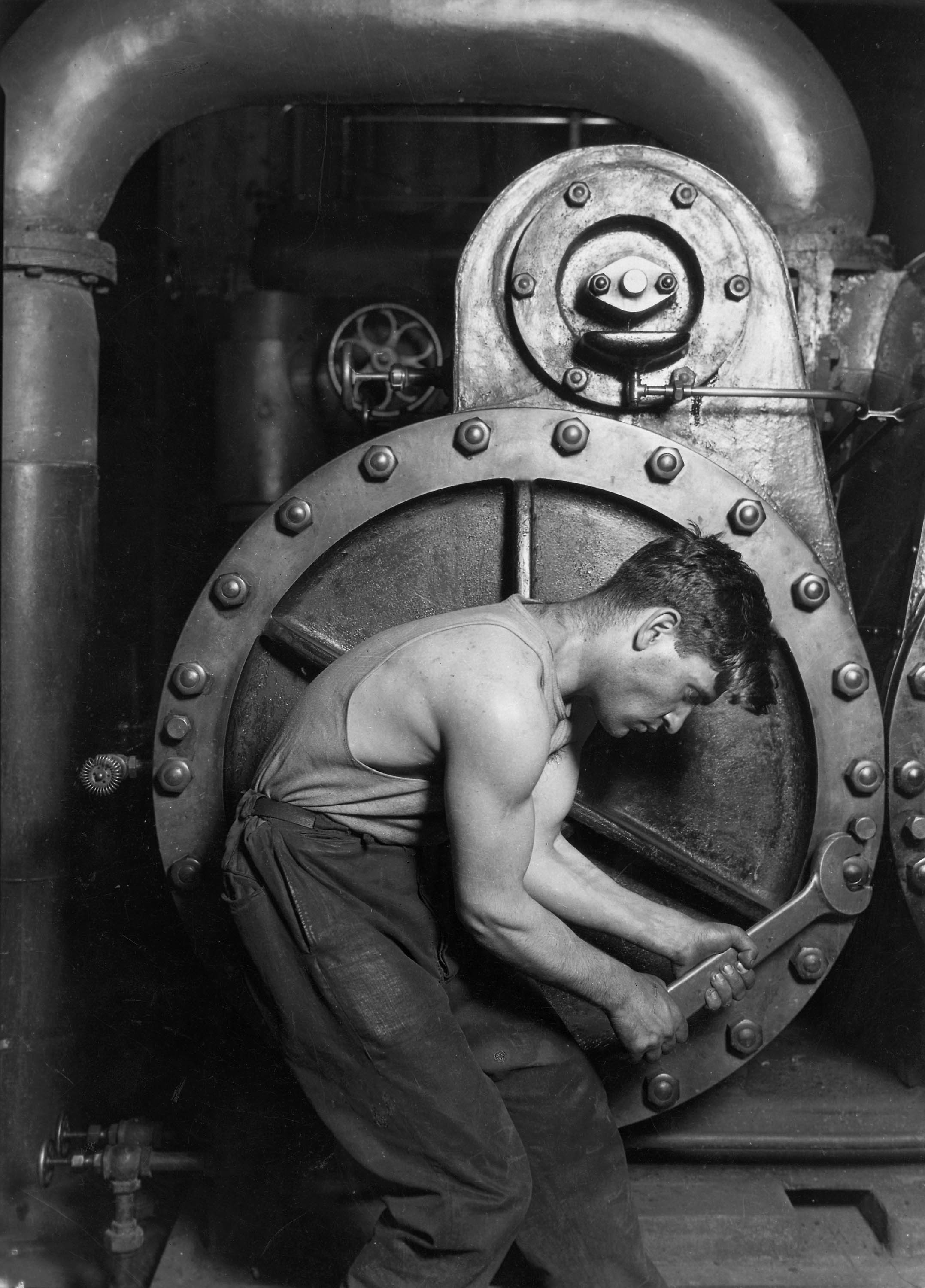
Franchise restaurants certainly present numerous challenges to communities, and it is a considerable victory for localities to be able to work with such businesses to craft designs that break with corporate stock examples in some degree. However, to craft a Taco Bell, for example, that resembles what might well be a local historic building type—particularly one that resembles a domestic structure—is a dangerous conceit. While it is unlikely that such a design would be taken for a an authentic period building that had been adapted for use as a restaurant, the greater the faithfulness of that Taco Bell’s design to identifiable local traditions, the greater the chance that the meaning of the original type be distorted and cheapened. James Fitch, founder of Columbia’s Historic Preservation program, wrote, “[e]ven when the mass production of the facsimile leaves the prototype unaltered and intact, mass distribution confronts it with another danger. Heedless repetition of the form ends by emptying it of emotional force: overfamiliarity reduces its cultural potency and ends by destroying its capacity to move us.”
The prototype being the original old structure and the facsimile being the Taco Bell, Fitch makes clear that contextualism or even compatibility taken too far has dangerous implications for our ability to relate to artifacts of the past. It does not matter that the Taco Bell might not be a literal replication of a specific local building. Rather, it is critical that an attempt to re-appropriate what are likely historically accurate or historically spirited design elements and crossing them with modern elements such as signage, doors, and even such subtle things as brick color and mortar composition commingle elements that never would have existed together in the prototype. Any potential accuracy in the facsimile is compromised by the question of how each individual element was designed, manufactured or constructed, and assembled. For Fitch, the scientific data contained in the prototype is confused with the speculation offered by the facsimile, and the observer—quite possibly ignorant of the information contained in the original—is left to sort out the question of meaning totally unequipped for the task. If design guidelines are to encourage or allow buildings that have this impact, they represent for the field of historic preservation an acute threat and must be tightened up.
PS: San Loco destroyed your Cheesy Gordita Crunch with its magnificent Queso Loco--which I'm sure uses meat above Grade R. Look out!





13 comments:
I want that.
Taco Bell gives me gas no matter what the building looks like.
pepper, i have to disagree. i think you've fallen victim to the kind of cocooning mentality that is all too prevalent in academia.
i'll grant upfront that i know nothing about historic preservation as a discipline, but i think it and its practitioners need to operate within the confines of a limited reality. taco bell and others are going to expand into historic districts. residents of those districts would, i'm guessing, overwhelmingly prefer a fast food outpost that jibes with its surroundings instead of one that looks, as such establishments typically do, like a FEMA trailer. i see no problem with that.
even preservationists need to be pragmatic.
I have no problem with pragmatism--the point is that it's possible for a new building to fit in with an historic context without aping the architecture that makes it worthwhile...even if the aping is so perfect you'd never know the difference. That's disingenuous and is the source of these problems.
The pragmatic solution happens to be one that requires some intellectual effort--it's not a question of FEMA trailer vs. historic replication: well designed middle-ground is one of the white whales of architecture.
The most frustrating part is that it's hard enough for good architects to come up with new designs that fit in--much less the assholes that design Taco Bells or a living.
maybe so, but in an either/or scenario, i'd take the above over one of these:
http://chefmoz.org/img/ctoys/TacoBellHillRd.jpg
Ah, but this is a different question...Pete made the same point.
I'll recycle my response:
My point isn't that it doesn't look better--which is a separate question. The point is that the strategy that it uses to look better poses a threat that we don't want to deal with.
It's true that a lot of people just think old buildings are pretty, but if you don't have some kind of bigger theory underpinning the decisions you make, you get stuck making new things that suck, detract from other things, and in 100 years (if they're still standing) will be laughable, not charming.
In other words, you can design a better looking taco bell without getting into all this theoretical mess: just don't copy old stuff.
I wish Dr. Fitch would have a little chat with anyone who will ever be involved with new construction at UVa. I think Scott Stadium and the John Paul Jones Arena are perfect examples of this inappropriate commingling of past and present that is, and still will be 100 years from now, laughable.
oh, JPJ arena and that taco bell are laughable now. they just look better than university hall and any other tb, respectively.
pepper, you would be deeply saddened by the west end suburb of richmond. this building is an exact carbon copy of most of the bank branches, ukrops grocery stores, and blockbuster video stores where i grew up. although, ukrops is a pretty tight grocery store.
i'm saddened by a lot of places in the USA, come to think of it.
why do you hate america?
Something else to consider here...
Taco Bell is never going to hire a true "designer" to make something meaninful. You will never see a Mark Zeff designed Burger King. In the absence of these places greating a new meaningful design, at least a bad copy is better than the usual crap.
hear-hear, pete.
pepper: you need to get the hell out of grad school already; the academese is rotting your keen and creative mind.
Post a Comment